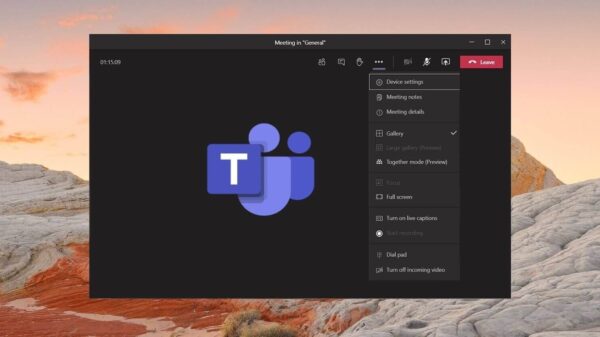Introduction
Data-driven decisions are more impactful for business growth and success. Many organizations want to transform their business into data-oriented. In order to do that, you need to adopt an effective strategy and a proper organization of data.
In this article, you will learn the essential steps that can make the transition process seamless. Although you can do it on your own, taking professional help can make it easier and effective.
Easy Steps to Transform Into Data-Oriented Organization
Converting your organization into a data-driven may seem a complex task. Here is how you can transform your business in five easy steps.
-
Preparing an Effective Strategy
Transforming your business into a data-oriented one is the best thing that you can do to your organization. However, that can create some problems for your business if the strategy is not right.
It’s crucial to build a suitable framework while planning to transform your business into a data-driven organization. You should take into consideration the long-term growth and objective of your business. It will help every one of your organizations how to make the transition without compromising the value and objective of the business.
-
Identify Useful Data
It’s crucial to figure out the key streams of data. If you are not sure how to identify the key data points, hire a data management platform that can do it efficiently. When you collect data, it comes from various sources. For example, the data can be collected from customer transactions or from any third party sources.
You need to analyze which set of data are more relevant and beneficial for your business. The right data can help you to make better decisions for your business. So it’s essential to identify the useful data that can bring growth and more opportunity.
-
Adopting Data Segmentation
Once you identify the key data sets, the next step is to segment them. This can be done by figuring out which data sets are essential and offer value to your business.
Here you need to segment different data sets according to various departments. That means, one collection of data can be useful for your marketing team while another set of data is relevant to your finance team. However, never confuse data segmentation with customer segmentation.
-
Right Data Collection and Effective Analysis
You may get data from various sources, but it’s essential to note that you collect the right set of data. Second, even if you have the right set of data, there is no point if your team does not analyze the data effectively. So you need to ensure that your employees have the right skills for analyzing the data.
Additionally, you may need a system that can offer an integrated solution that can make easier data access. There are many data visualization platforms that allow easy accessibility and a connected workforce in your organization.
-
Converting Quality Insights Into Actionable Steps
Finally, you may need the tools, software, or services that can convert various data sets into quality insights. Additionally, it can turn the valuable information into real actionable steps or decisions.
Here you need to consider one important thing that, the tool should not show you only the interactive visuals; it must give you real value in terms of actionable responses.
Remember, each business is different based on size, operation, objective, and many other aspects. Therefore, ensure that the strategies that you adopt for transforming your business into a data-driven one are all-inclusive.
Conclusion
With digitization, every business wants to transform into a data-driven organization. Adopt the above steps to convert your business into a data-oriented one. Transparency is one of the crucial things that you need to keep in mind. It’s imperative that every member of your organization understand the impact of this transition on your business, especially the decision-makers. If you have any queries, please feel free to ask and share your thoughts on this post in the comment section.






























































